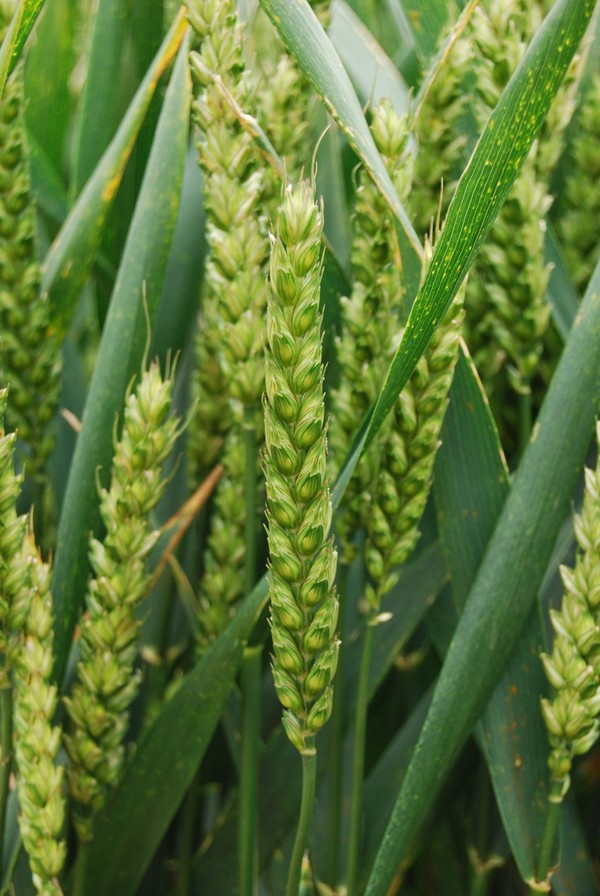There’s always a lot of interest from other countries as to how we achieve our high winter wheat yields. In some parts of the world there is a firm belief that if they use inputs in a similar way to us then they would get similar yields. I have to explain to them, as politely and as politically as I can, that it is our weather and soils that generate our high yield potential but to realise that potential we have to use a fair number of inputs.
I am sure that I must have said this in an earlier blog but the three countries with the highest wheat yields are islands. Top yielding, by quite a way, is Ireland with New Zealand and the UK vying for second place.
The sea surrounding islands help to regulate their climate which results in, at their latitudes, moderate winters and moderate summers; just right for wheat. So the crop has a long time (in terms of both time and heat units) to develop and a long time to ripen. The latter is critical as the crop will ripen over a given number of day degrees of temperature and the more solar radiation that can be absorbed by the crop over that time the better, provided that green leaf area is retained and water is also available.
But things can go wrong, as we all too easily recognise. For instance, when I was in New Zealand last December the wheat was just flowering and there was a huge amount of solar radiation available to the crop i.e. the weather was far sunnier than normal.
However, the crop at flowering is susceptible to heat stress, particularly when soil moisture may be limited. On one day the weather was not only hot but there was also a very dry wind. The locals estimated that there could have been a potential loss of 7-8 mm of water on that one day. It was a recipe for the cooling system of the crop to break down. It was weather similar to this throughout flowering that perhaps resulted in their irrigated wheat yields this harvest not reaching the potential that would have been assumed from the amount of solar radiation available during ripening.
The French have a word for heat damaging yield prospects during grain ripening, particularly at flowering. They call this process ‘echaudage’ and it’s estimated that once temperatures exceed 250C over two days (and with warm nights) there will be a negative impact on yield.
I remember personally experiencing such an event; I think it was in 1992. I was walking through a wheat variety trial during very hot weather. The UK wheat varieties were at flowering and visibly suffering in the heat. The French variety Soissons was past flowering and was not visibly suffering from the heat. That year was the making of Soissons with it experiencing high yields relative to the UK varieties. That short burst of very hot weather was perhaps instrumental in it making the Recommended List.
The ripening period is the glory bit of the life cycle of winter wheat. The role of the earlier growth stages is to provide a crop structure that provides sufficient capacity (known as the sink) to be filled by net photosynthesis (known as the source) during grain fill. Typically, the size of the sink is not a problem, as demonstrated by UK varieties yielding 16 t/ha in New Zealand. However, there could be a problem in the size of the sink in late sown wheat crops this season. Late sowing and the lack of spring growth may well result in fewer potential grains than necessary in order to achieve high yields, however great the weather may be during grain fill.
In simplistic terms, over the autumn and winter accumulated temperature is the main driver of growth and development in winter wheat but day length also has a very significant influence on development from the start of rapid growth in the spring. This is why all winter wheat crops on a farm will ripen over a relatively short time period despite their date of drilling. This year there has been a decided lack of heat units experienced by late drilled crops and soon, day length will become more influential and these crops will rush through their growth stages. The collateral damage from this scenario is a poor crop structure for achieving high yields, particularly a lack of grain sites. As always, ‘it’s the weather stupid’.

